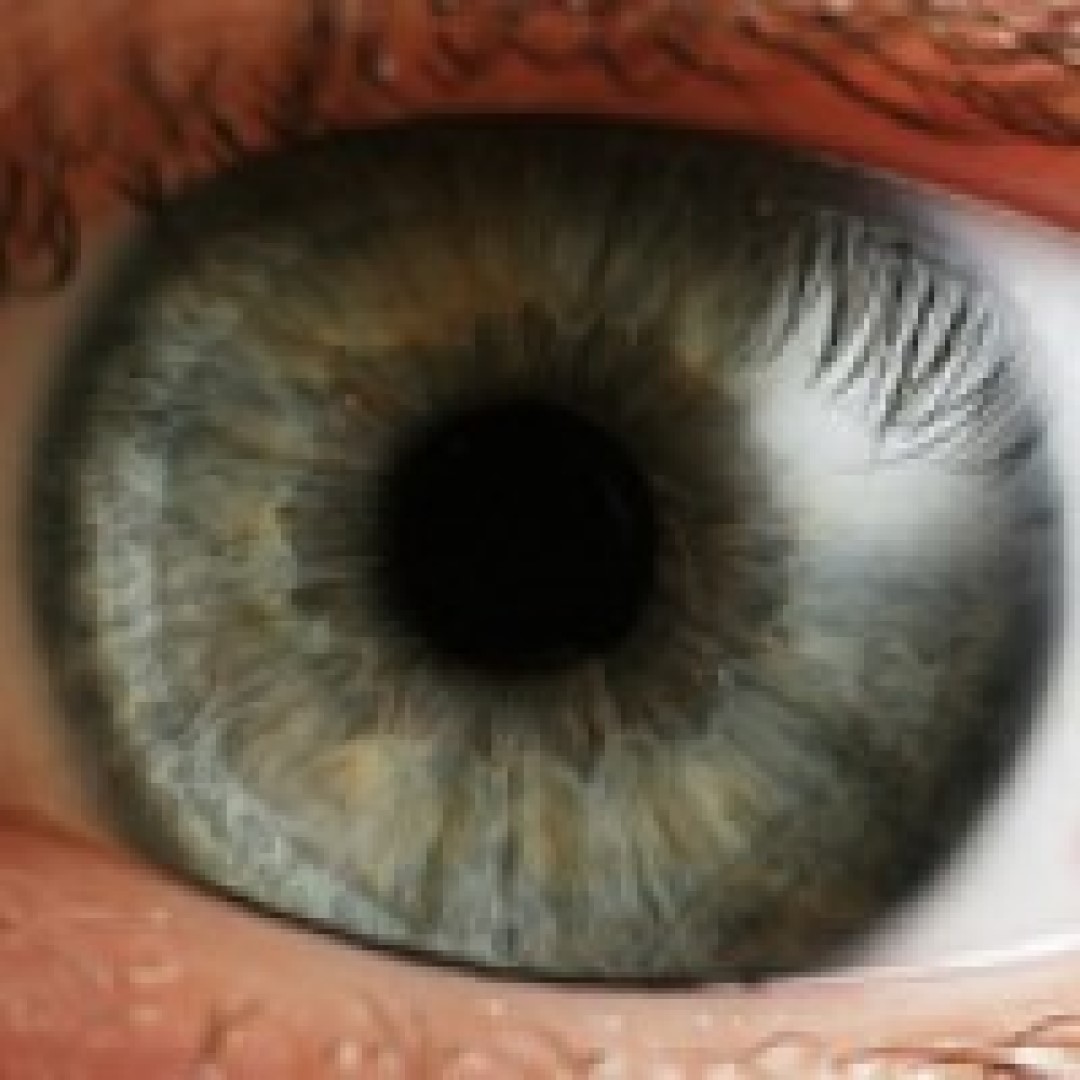
FDA approves ENCELTO, a first-of-its-kind eye implant that slows vision loss in rare eye disease
On Mar. 6, 2025, the U.S. Food and Drug Administration (FDA) announced the approval of ENCELTO (revakinagenetaroretcel-lwey), a surgically implanted device designed to preserve sight in people diagnosed with macular telangiectasia type 2 (MacTel)—a rare and slowly progressing retinal disease. To date, there were no FDA-approved (or other) treatments to slow or stop vision loss.
Developed by the biotech company Neurotech Pharmaceuticals, ENCELTO’s origins stem from a long-standing partnership between the Scripps Research lab of physician-scientist Martin Friedlander and the Lowy Medical Research Institute. This marks the 17th FDA-approved therapy to emerge from work at Scripps Research. The device is expected to be available to U.S. patients in June 2025.
MacTel affects the central part of the retina, which is essential for sharp, detailed vision. People with the disease often have trouble reading, recognizing faces or seeing fine detail—symptoms that gradually worsen over time. To slow this progression, ENCELTO delivers a steady dose of ciliary neurotrophic factor (CNTF), a naturally occurring protein that supports the survival and health of nerve cells—including photoreceptors in the retina. CNTF acts as a neuroprotectant, meaning it helps shield these cells from damage to delay the degenerative process.
The FDA’s approval was supported by two phase 3 clinical studies showing that the ENCELTO implant slowed the loss of light-sensing retinal cells in people with MacTel over a 24-month period. Devices removed from patients’ eyes after as long as 14.5 years still produced levels of CNTF comparable to what they were producing at the time of implantation, suggesting the device should remain efficacious well beyond the 2 years observed in the trials. This is being examined further in extended phase 4 trials.
MacTel was initially believed to be a blood vessel disorder because early imaging showed abnormal, leaky capillaries near the center of the retina. But Friedlander and his lab helped reveal that the real issue was neurodegeneration—the gradual death of photoreceptors and supporting glial cells. In a key proof-of–concept study published in The Journal of Clinical Investigation in 2009, they showed that gene therapy could be used to deliver a neuroprotectant directly to the retina in a preclinical model resembling the disease, effectively slowing or preventing cell loss.
Tags:
Source: Scripps Research
Credit:
